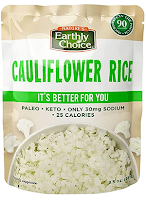 |
| BEHOLD! The first spring blossoms! Crocus Remembrance. I'm always surprised to see them. Rabbits and ground squirrels happily dig them up. |
At long last... a sunny warm weekend dedicated to playing in the mud.
With the weather finally cooperating, I donned those much missed, and very tattered, garden gloves to clean up the first of the beds. 2 down, 10 to go. The bulbs are beating me to it, this year. Blooming without the usual TLC from me.
 |
| Grecian Windflowers (the white ones are heirlooms)are perfect for dry planting areas. These tiny bulbs easily rot in wet spring soil. |
Peeking out from beneath the debris were these fancy little Windflowers.
 |
| Peter Pan Heirloom Crocus |
Pretty white Crocus trying hard to steal the show. I rarely plant white flower bulbs. After 6 months of snow (I live in a ski resort) I'm prefer a livelier color than white.
 |
| Rip Van Winkle Heirloom Daffodil |
Sparse bulbs in the 'danger' zone. This back area is where the horses play, but they don't like the taste of these heirloom bulbs. It's a second 'footprint' in a raised bed that houses vegetables later in the season.
 |
| Primrose |
We've had an unusually dry winter.
An alternately too hot, then too cold, spring.
Though it seems to bother me a whole lot more than it bothers the flowers!
It's as if they have little wrist watches attached to their roots. No matter the weather, they're always happy to put on a pretty show.
I'll sign off with a mystery flower. A mystery to me, that is. I can't remember her name. Perhaps you know?




























